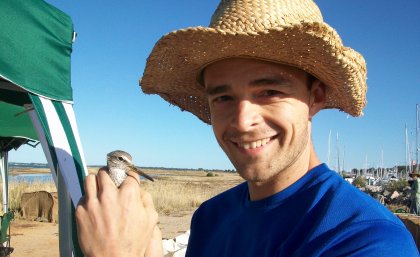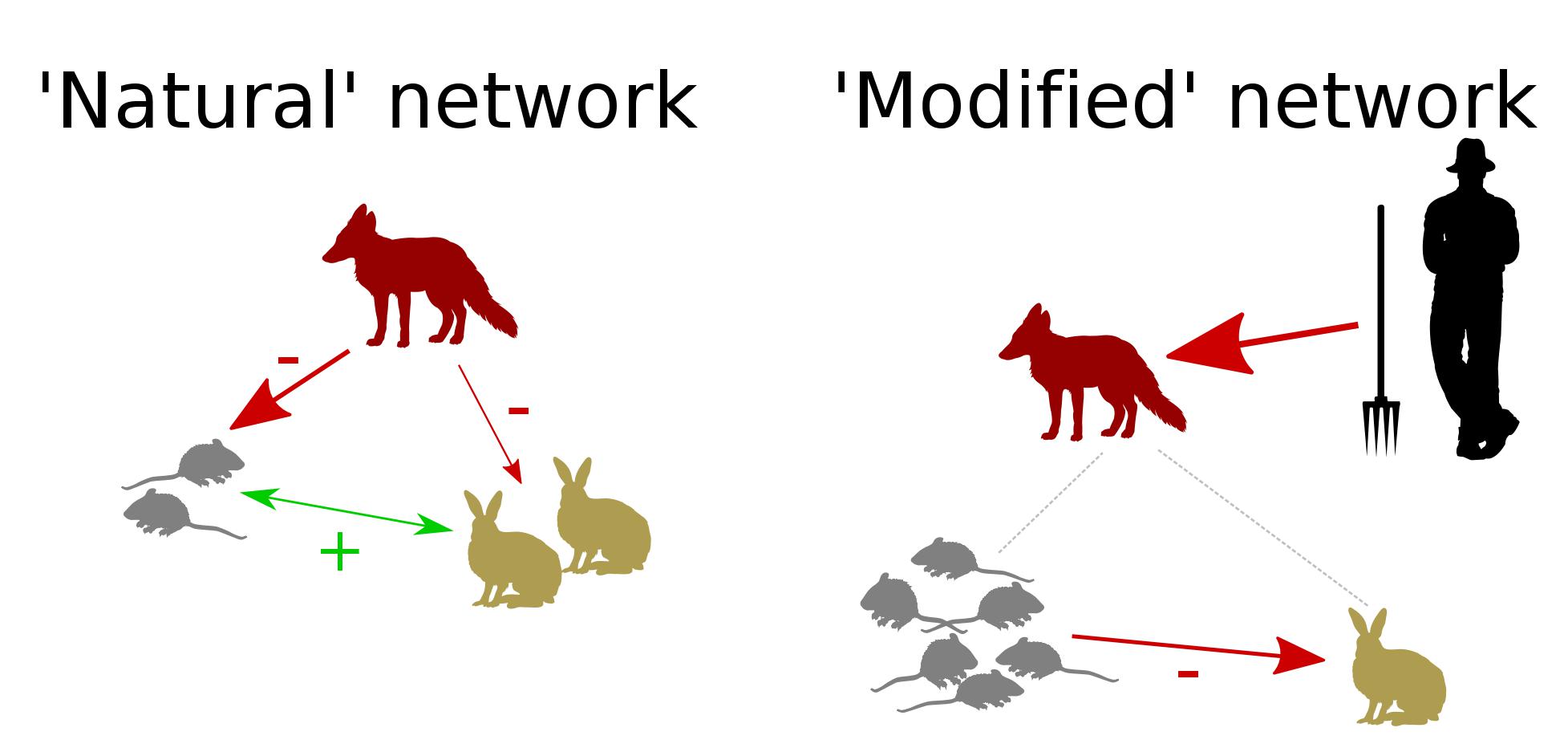
Social media networks such as Twitter and Facebook have inspired a new method of describing how other species interact with one another.
University of Queensland School of Veterinary Science researcher Dr Nicholas Clark said the models used to show people's social interactions offered an exciting way to address a gap in scientific knowledge.
“Widely used analytical methods have been inadequate to identify how co-occurring species interact in nature, or assess how they influence the makeup of natural communities,” Dr Clark said.
“We’ve adapted statistical models - originally derived in physics and recently applied in social network analysis- to study these interactions.”
Dr Clark said these relationships were crucial for explaining variation in biodiversity, but as species interactions were changeable, they proved difficult to map.
“Most methods did not adequately account for indirect interactions, where an interaction between two species was masked by their shared interactions with a third species,” he said.
 The researchers used two case studies, one involving blood parasites infecting New Caledonian birds, and another describing interactions between predatory insects and four larval mosquito species.
The researchers used two case studies, one involving blood parasites infecting New Caledonian birds, and another describing interactions between predatory insects and four larval mosquito species.
“In the first case study, parasites that infect the same bird host, called a co-infection, were considered to ‘positively’ interact, just like people might interact with their contacts in social networks,” Dr Clark said.
“Identifying these interactions can help uncover biological mechanisms that affect parasite infection rates.
“In the second study, predatory ‘negative’ interactions were identified to determine which insect species might play bigger roles in reducing local mosquito abundances.
“In addition to accurately uncovering species’ interactions, we showed these networks predicted how such interactions would change as environmental conditions changed,” Dr Clark said.
“This could be increasingly important as habitat modification and climate change continue to disrupt natural communities.”
The study also involved researchers from Griffith University and the University of Turku in Finland, and is published in Ecology (doi: 10.1002/ecy.2221).
Media: Dr Nicholas Clark, n.clark@uq.edu.au, +61 7 5460 1834, 0432420979, @nj_clark, http://nicholasjclark.weebly.com/.
.jpg)










